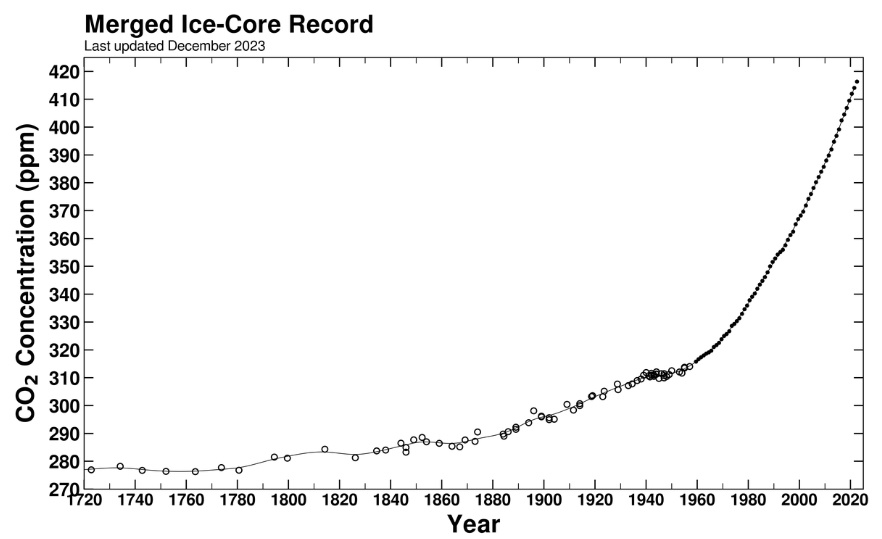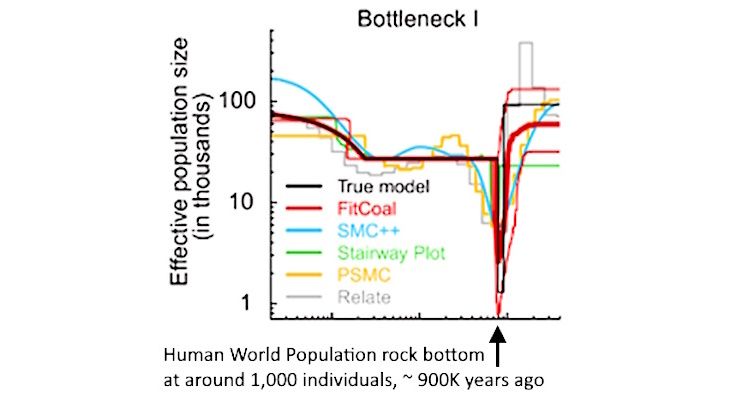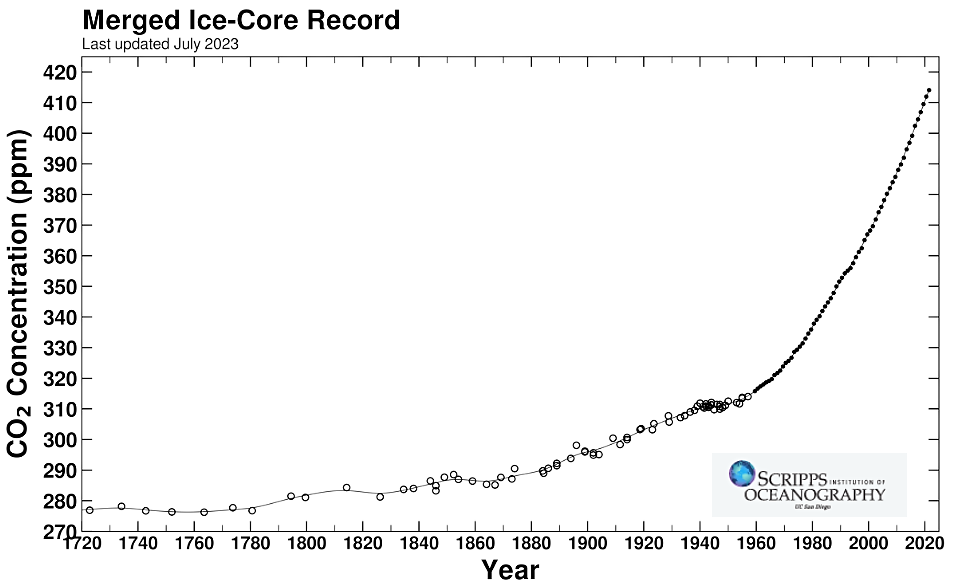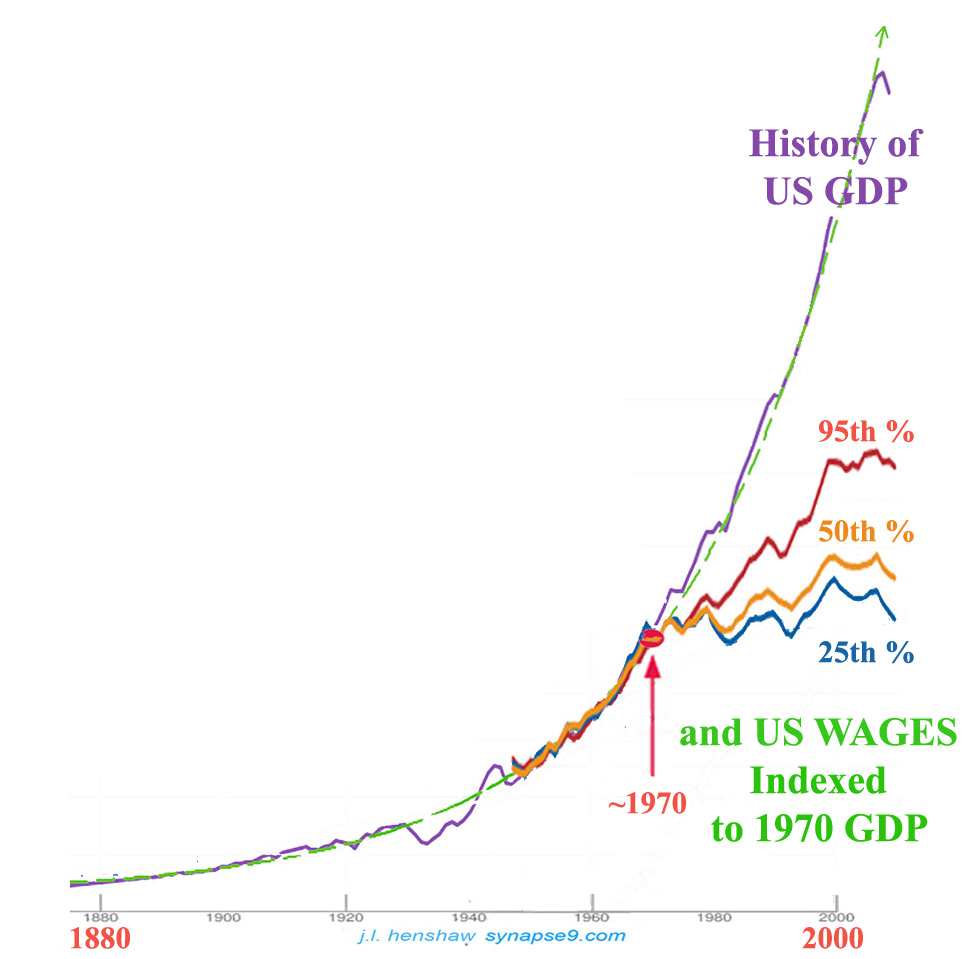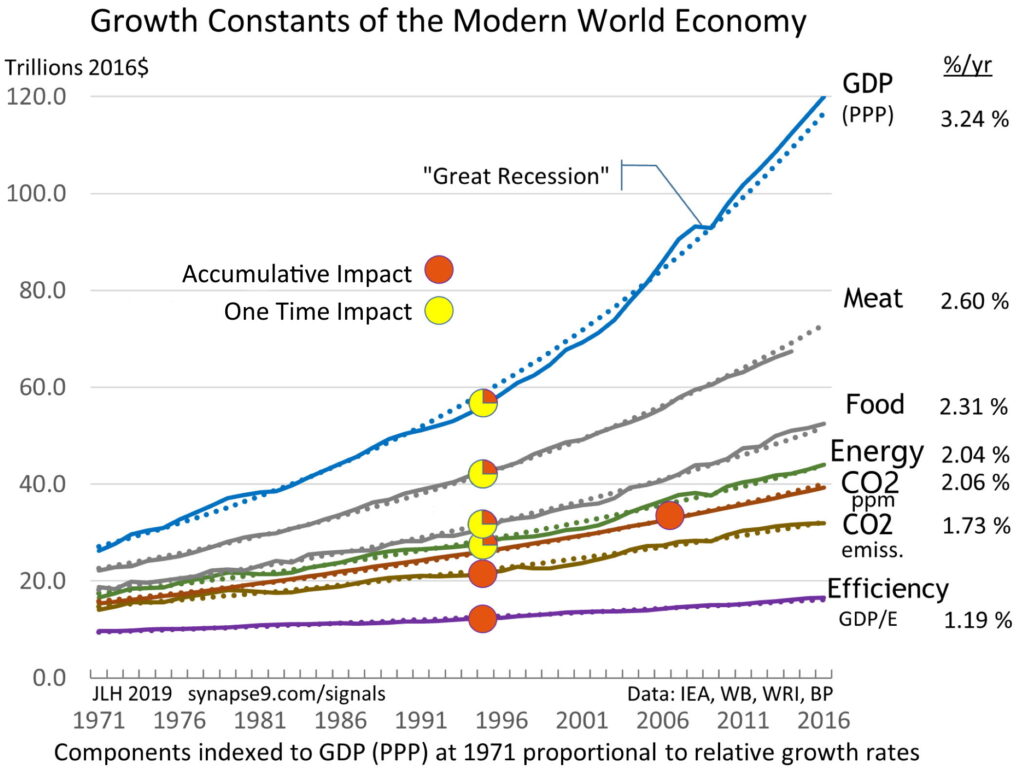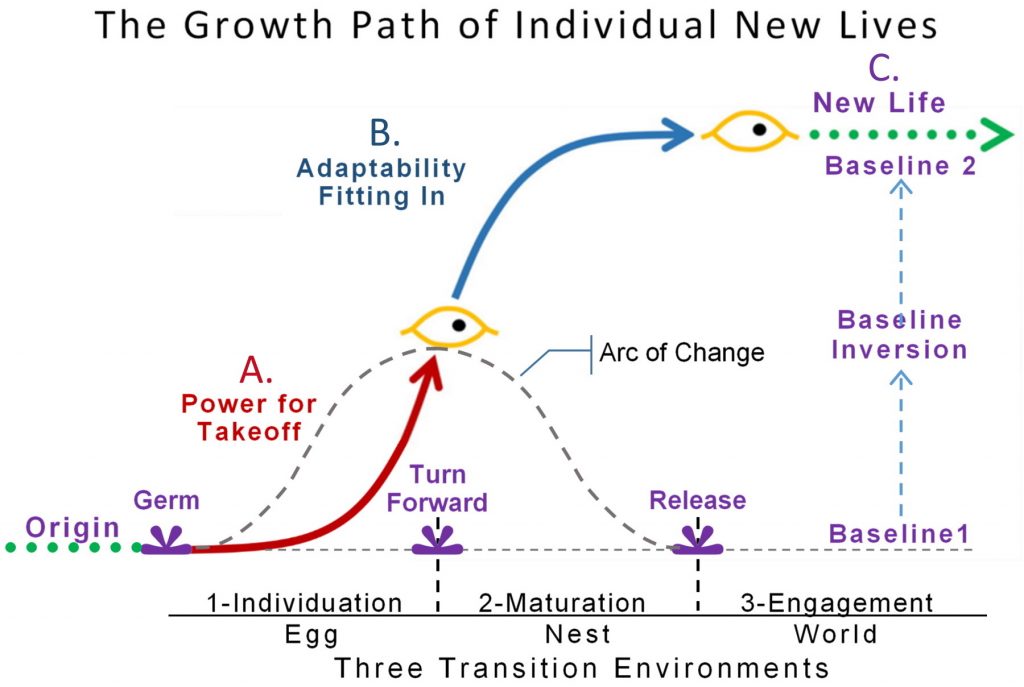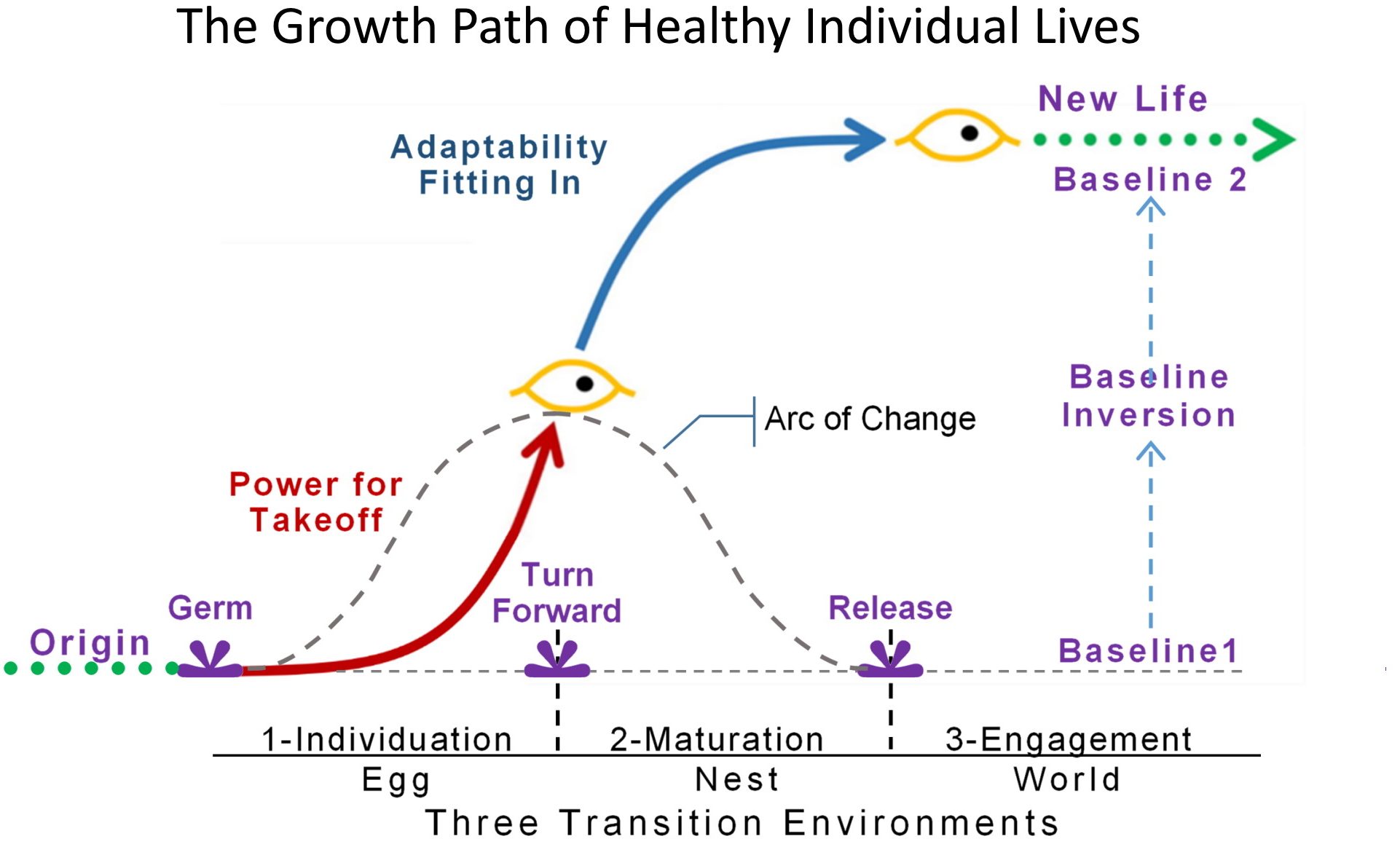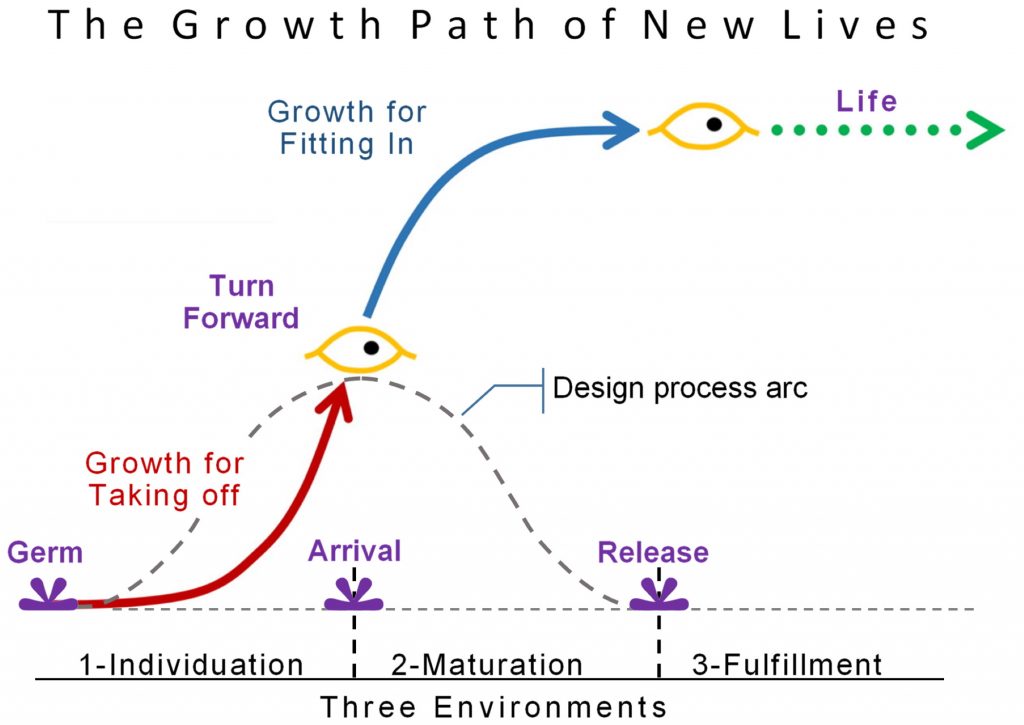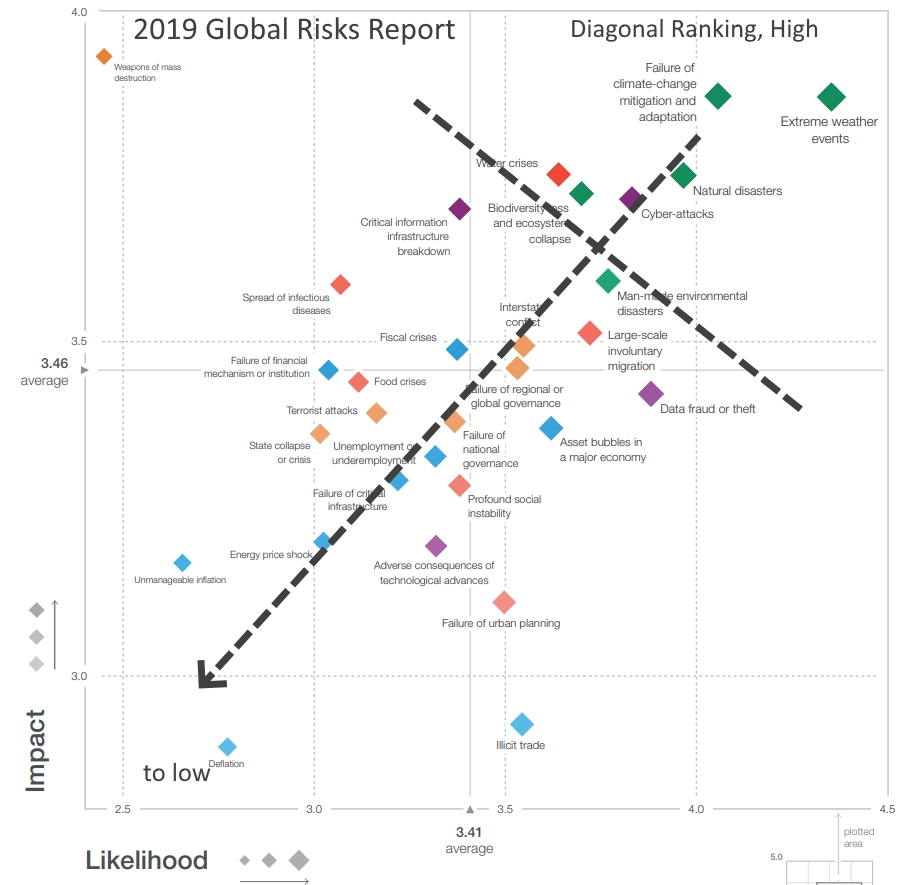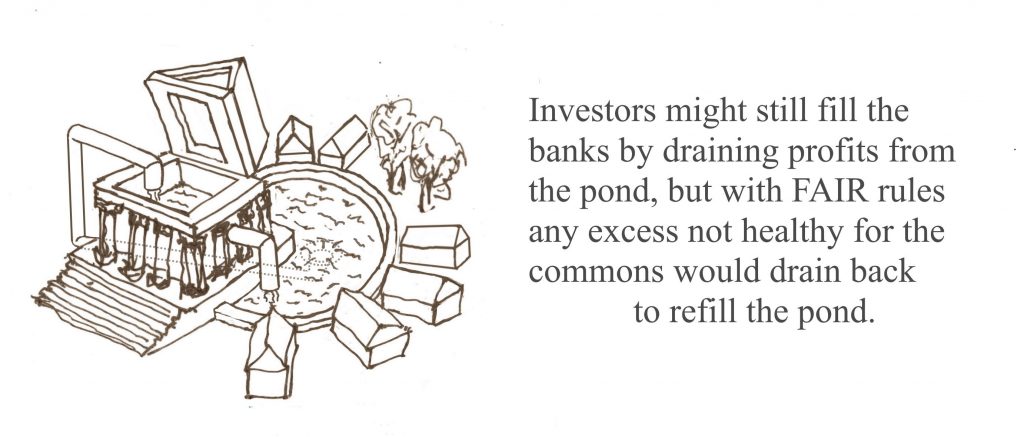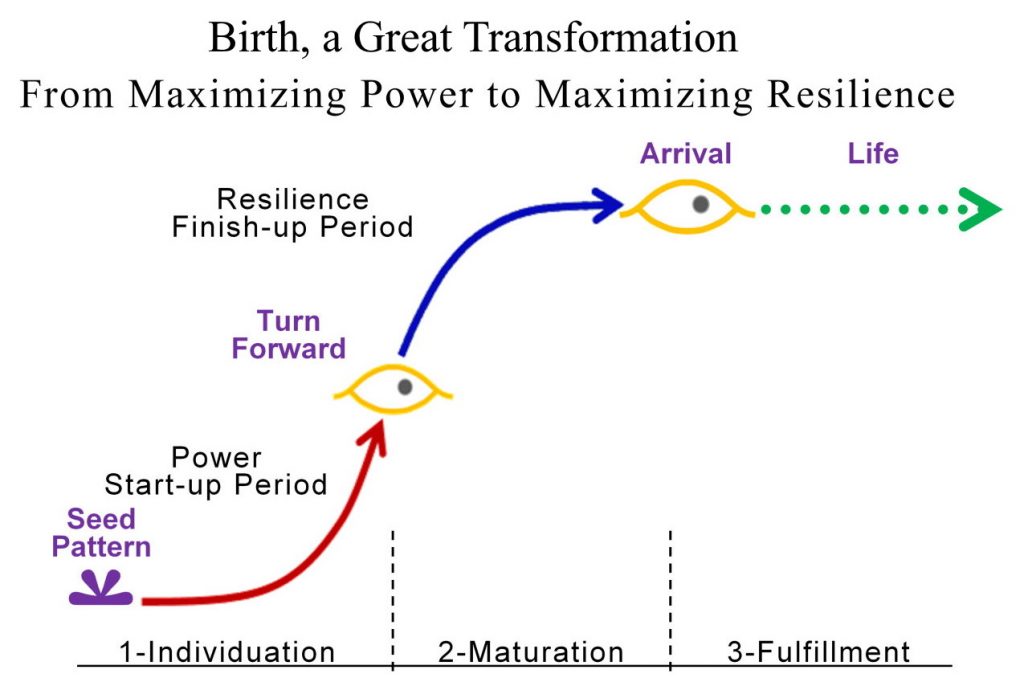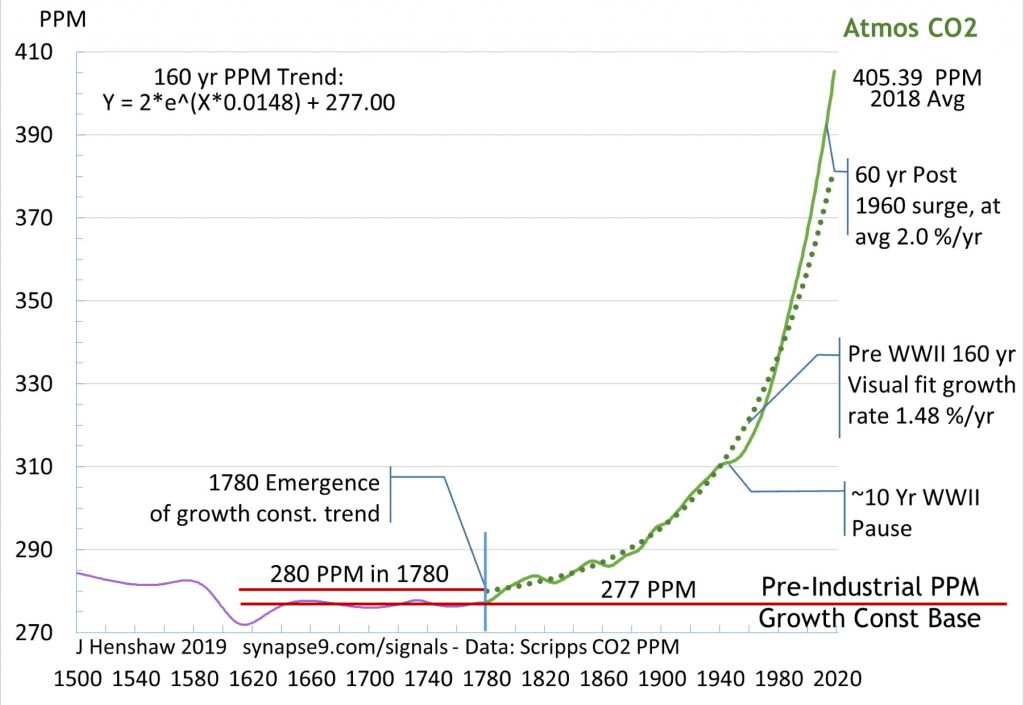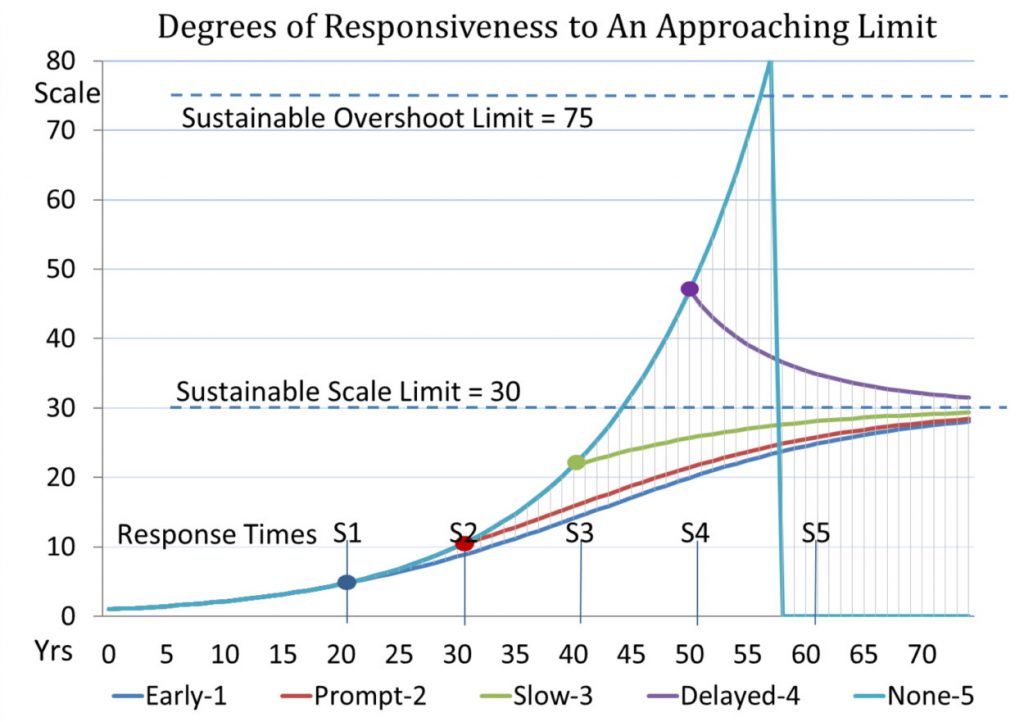I’m a systems scientist who’s studied all kinds of natural emergent system designs and transformations. People used to know more about them in most cases, back when language primarily referred to the meanings of systems in context. So that’s a telling division between cultures from the most ancient times, and full of great stories.
Easy self-link to this report:
bit.ly/WhatCultWeDo
With national cults, as with smaller ones, their devotion to a false reality is both their greatest power and greatest failing, generally getting them in trouble. However, as with paradigm shifts in science, sometimes it’s the societal standard worldview that is so mistaken and getting its world in trouble, like the infinite growth “cult” of modern capital accumulation. So… it can be complicated.
I think the desperation from which today’s Christian nationalism culture became a real cult of false realities really first came from the natural growing frustrations of living in an endlessly self-disruptive economic system. I wish people noticed such things. It would help help people see the common needs we all have.
What concentrates the self-deceptions and frustrations that seem at the heart of cults (notice “cult” is the first syllable of “culture”) seems to be the seemingly inescapable feedback of animosities that drive their growth and misguided conspiracies. Even those can expose very useful new insights to open minds, like how it is that the leaders focus a lot on escalating the culture’s animosities to earn adherence to their leadership.
Endless reinforcing feedback (of animosities or anything else) invariably destabilizes itself, of course. There may often also be a chance to change direction as the limit of the escalation’s stability and as to wavers allowing de-escalation to begin. That may be to offer opportunities for enough people to escape the approaching collapse on their own to isolate the hardheads. Except for criminals, it would be the wrong move to punish them (rewarding their animosities). Separating them for their protection could be aimed clearly enough to help them on their own or for others to help them calm down.
So, to activate that, one first needs to think of familiar situations where bubbles of animosity have deflated. There is a great variety, most of which might contain lessons on how to deflate threatening cults like the one we face today. No promises at all, of course, and taking all necessary precautions, as the cult’s design for feeding its growth on animosities may be deeply embedded. There would always be some within it capable of being relieved of its compulsions, though.
Today, we also need to factor in that the humans on earth have what you’d call much bigger fish to fry than straightening out what amounts to contagions of family bickering writ large. We have a collective war with nature to recognize and undo as fast as we can, too. Still, learning from one can help one find healing responses to the other; using humor, offering real friendship, and being responsible in not taking the bait are among the basics. Both kinds of aggressive cults are dangerous because they are quite unaware of their devotion to false realities.
I’ve also studied how people once created languages well insulated from growing little cancers of false realities, apparently around 60,000 years ago, as the foundations of useful language were secured, simply by what I’ve called “the genome of language.” That’s the highly informative key role of words for connecting our minds to nature, serving as culturally shared references to commonly observable things and patterns in nature attached to communicable impressions of them and their meanings to us.
If you understand that as becoming a global self-validating process of securing our mind’s understandings of nature by cross talk and mutual adaptation to settle on meanings and uses that last, you could recognize that pattern as a kind of AI training (aggregated intelligence) for human minds based on rich exposure to what makes sense in natural systems, environments, and human cultures, not hearsay, as computer AI does. So, it seems fair to say that IC-AI (in context aggregated intelligence) is the kind we need to recover from the larger cult of ever-escalating power over nature that is our greatest imminent threat today.
II. My short reports to two great institutions with some responsibility for responding to our current grand cultural misunderstandings of life.
A. Intro to the curves.
This pair of graphs shows word frequencies found by Google in its scans of books in English language libraries. I selected the particular terms to show the coupled trends found during my regular habit of looking for the patterns of system transformations to study, noticing these for the recognizable, unique signature of all the curves being connected with emerging phenomena.
The main evidence of the curves displaying the emergence of the Christian nationalism cult is the regular, long-term, proportional relations between these word use frequency curves, moving together, and in the light of recent events becoming clearly associated with the cult’s national take-over attempt, now regularly discussed as a concrete plan.
The curves move together, growing exponentially, displaying the same signature shapes, seeming associated with the cult’s imagined victimization and growing frustrations with life in a free world, clearly responding as a whole to presidential politics associated with Trump’s emergence as a candidate. Do study the patterns and parts, find your own questions, and draw your own conclusions.
There is hope that we’ll notice that the eruption was partly energized by mutually reinforcing social/political retaliation attacks that blew up largely to profit the organizers, taking advantage of freighting ing their followers… Ohy! We are human, and it comes with some unneeded baggage that will take a lot of care to heal.
1. The cult’s top apparent terms of motivation- (case insensitive)
“right” add “love”
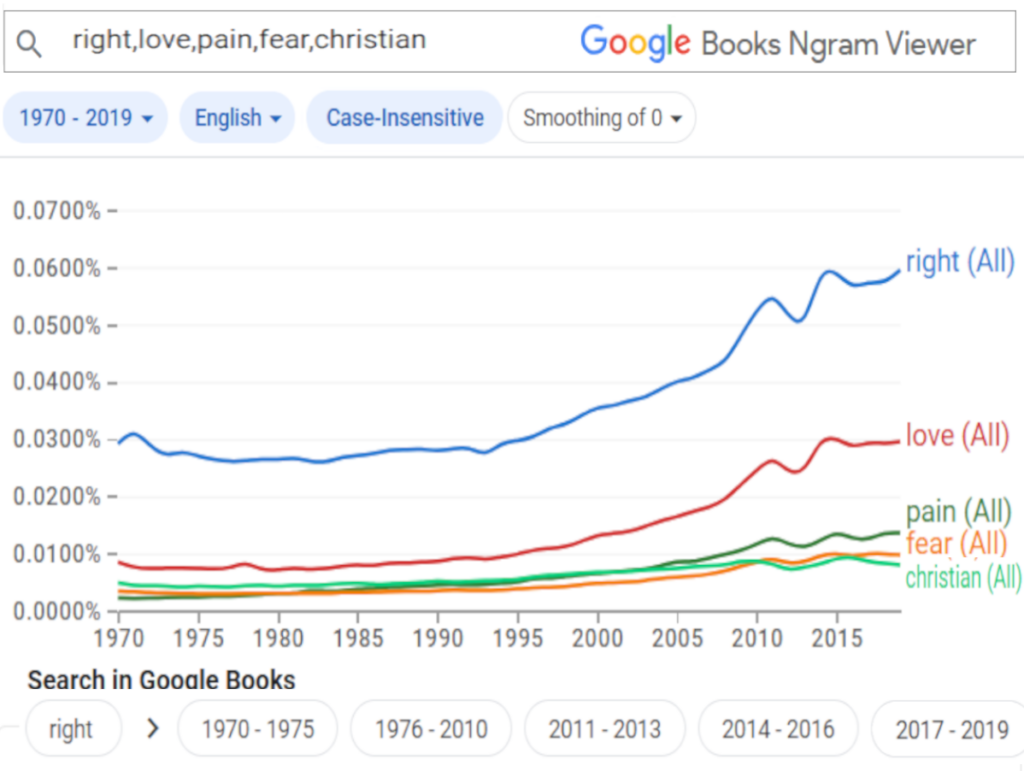
2. The cult’s “body” of frustration terms – (case insensitive)
“pain” “fear” “Christian” “trouble” “anxiety” and “hate”
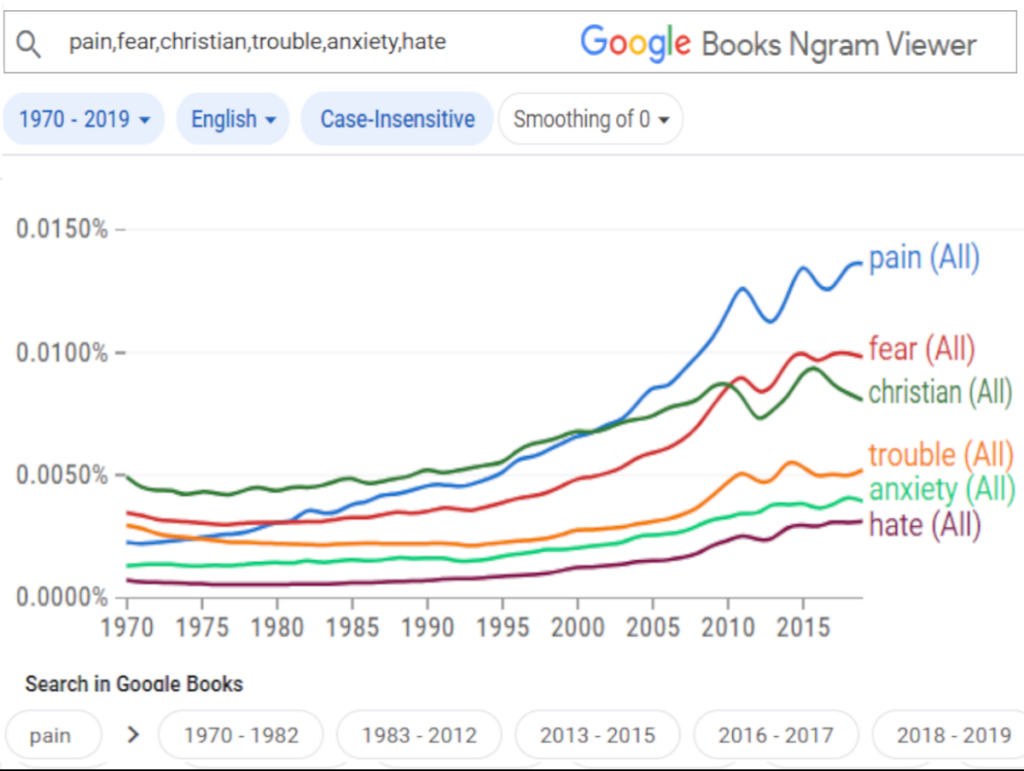
Key: the curves are connected to the text usage of the terms, partly shown at the bottom of the images, where the links to the related uses of the terms can be found. See the Google Books Ngram for access: https://books.google.com/ngrams/graph?content=pain%2Cfear%2Cchristian%2Ctrouble%2Canxiety%2Chate&year_start=1970&year_end=2019&case_insensitive=true&corpus=en&smoothing=0
________________________________
B. Reports to responsible authorities
1) Report to The Executive Office of the American Psychological Association (APA)
I’m an accomplished senior natural systems scientist asking that you give appropriate attention to how the republican party was largely taken over by an aggressive cult’s false reality, formed in ~1975.
I’ve been studying its the very strange word use pattern for a number of years, as a clear evidence of an emerging culture language. I somehow didn’t connect the dots pointing to it becoming an immanent national and world threat till I sathe exuberance around its government takeover plans, like the world’s rather nutty richest man jumping fanatically in celebration of the moment now at hand.
It’s not that such national security threats are likely to succeed, but our most likely responses being exactly the wrong ones. I certainly would defer to authoritative APA initiatives, but I think prompt, calm, and caring response is needed.
Here’s the image of the cult’s regular word use frequencies. I used Google’s amazingly useful Ngram tool, here for English word use frequencies over time from 1960 to 2019. I don’t know when it will be updated. The indicators of it representing a cult is the fixed proportionality of its key word frequencies, indicating a natural system design working as a whole, like an organism.
The two graphs trace the word use frequency for the same words at different scales, so their signature shapes can be seen as all connected.
2) Report to the US Dept of Justice – DOJ
I’ve been studying the emerging Christian nationalism cult and its now open intention to change our government for it’s own use, with the help of America’s strangest public servant ever, former president Trump. WATCH OUT
You must now see the parallels with other very large, furious, and aggressive cults interfering in societies with wall to wall crazy conspiratorial campaigns, aided by charismatic leaders repainting reality and skillfully name calling, openly campaigning on defrauding the public by exploiting their genuine frustrations.
Added evidence of this large insular culture experiencing a false reality in our midst is the dramatic way its word uses have changed English. The curves show the cult started to grow exponentially in ~1975. I’ve posted the graph on Twitter a few times today, alerting others. The severity of the likely threat and similarity to the threat Germany faced from another such cult is what’s shocking.
The graph showing the rapid growth and coupling of the cult’s popular love/hate terms is on my public Twitter account, near the top. — https://x.com/JLydiaHenshaw — It’s the Google Ngram plot the selected word frequencies, all having the same signature shape and fluctuations aligned with presidential politics, it seems.
Of course the shocking thing about humanity is that we are apparently all prone to mass self-deception of such a grand scale. So though interrupting its hate-spreading centers seems likely to be needed, those captured by it are victims to be cared for, as neighbor helping neighbor in need, and no one but the those exploiting the disturbed thinking should be seen at fault.
Thanks , I hope this helps you set up the the right teams. In my view the issue MUST be presented quietly as soon as possible, that may delay certification of the election to avoid trouble. We need to take care.
____________________________________
JLH

